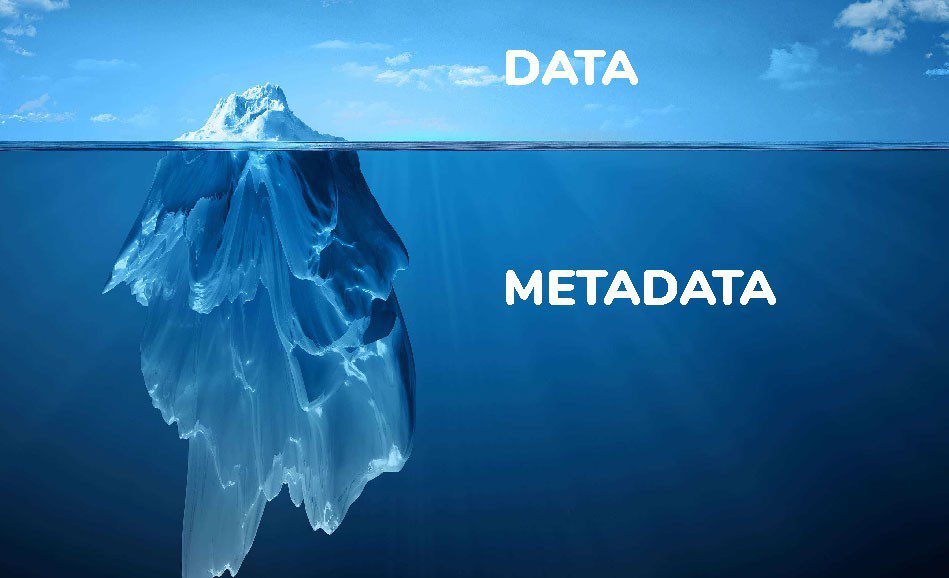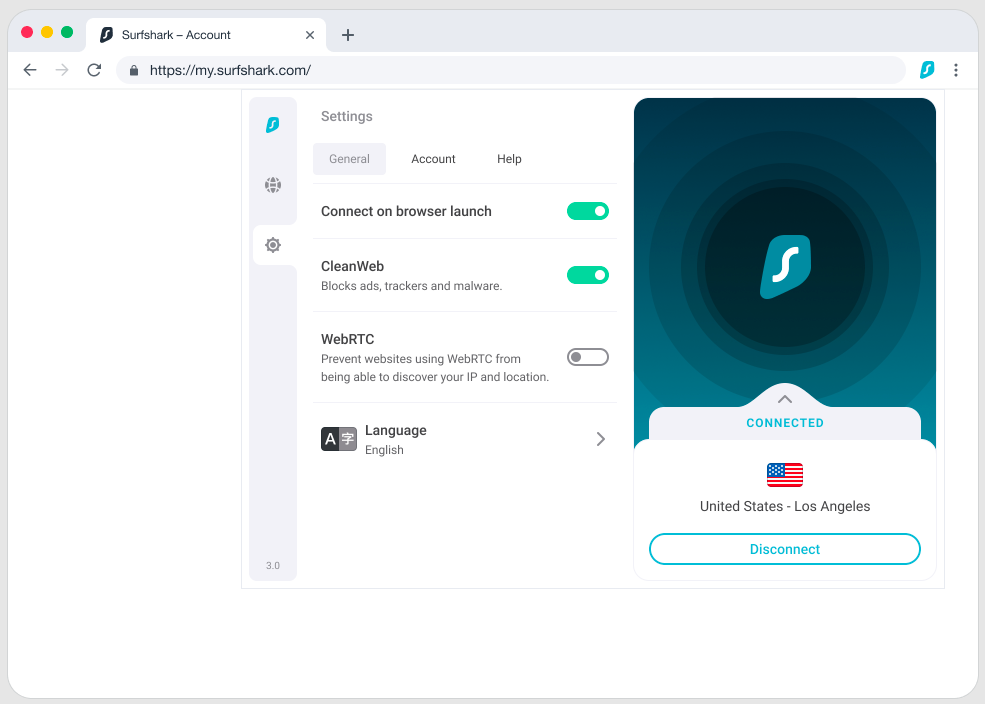Metadata can be located in any kind of document of piece of data that is created by a user. Just as easy as it can be created, metadata can be deleted and removed. First we must explain what metadata is.
What is Metadata?
We’ve already discussed this in a previous post, called “How to Remove Metadata From Word/Excel/Powerpoint” but will repost it in full here:
MetaData is background information that is stored on most documents and pictures. Like said before they store Authors name, Data it was created, date last saved, and what and when something was edited. With Excel, Word and Microsoft they can also include information about any embedded images, fonts and other objects thats included in the document.
The reason Metadata is included is because its helpful for tracking changes and understanding the history of a document. But at certain time when you are sending the document to certain people their can be information in their you might not want to share and you deem private. So its important to remove Metadata from Word, Excel and Powerpoint when this is the case. If you have sent a document to a shady location heres where the metadata can go if it gets into the wrong hands
What kind of ways metadata is stored?
- Files: Metadata can be embedded within different types of files, these files can be documents, images, audio files, and videos. File formats like PDF, Microsoft Office documents, and image formats often include metadata fields like author, title, date created, and keywords.
- Websites: Metadata plays a big role in search engine optimization (SEO) and website management. Websites often contain metadata in the form of HTML tags. The most common metadata tags are the title tag, meta description tag, and meta keywords tag. These tags provide information about the webpage’s content, which search engines and other applications can use to understand and index the site.
- Digital Photos: Photos taken with digital cameras or smartphones often contain metadata known as EXIF (Exchangeable Image File Format) data. EXIF data includes details such as the camera model, shutter speed, aperture, ISO settings, GPS coordinates, date and time of capture, and more. This metadata can be accessed using various image viewing software or dedicated EXIF viewers.
- Music Files: Music files typically include metadata called ID3 tags. ID3 tags store information about the audio track, such as the title, artist, album, genre, track number, and album artwork. Media players and specialized tag editors allow you to view and edit these tags.
- Email: Email messages can contain metadata that provides information about the email, including the sender, recipient, subject, date and time sent, and any attachments. Email clients usually display this information in the email headers or message properties.
- Network Traffic: Network packets and communication protocols often include metadata that helps in routing and analyzing network traffic. This metadata can include source and destination IP addresses, port numbers, timestamps, protocol information, and more. Network analysis tools like Wireshark can capture and display this metadata.
- Social Media and Online Platforms: Social media platforms and online services may generate and store metadata related to user activities. This can include timestamps, location data, user interactions, and other relevant information.
How to Delete Metadata off of These Pieces of Data
- Files: To remove metadata from files like documents, images, or videos, you can use software or tools designed for metadata removal. There are several third-party applications available, such as Exif Pilot (for images), PDF Metadata Remover (for PDFs), and Microsoft Office’s built-in Document Inspector (for Office documents). These tools allow you to remove or scrub metadata from the respective file formats.
- Websites: To remove metadata from a website, you can modify the HTML source code directly. Locate the relevant metadata tags, such as the title tag, meta description tag, and meta keywords tag, and remove or modify the content as desired. You can edit the website’s HTML code using a text editor or a specialized HTML editor.
- Digital Photos: To remove EXIF data from digital photos, you can use various image editing software. Popular programs like Adobe Photoshop, Lightroom, and GIMP provide options to remove or strip metadata from images. Alternatively, you can use dedicated EXIF metadata removal tools like ExifTool or Exif Purge.
- Music Files: Removing ID3 tags from music files can be done using media players or specialized tag editors. Software like iTunes, Windows Media Player, and Mp3tag allow you to edit or remove ID3 tags from music files. Simply locate the desired file or files, access their metadata properties, and delete or clear the relevant tags.
- Email: Email clients often provide options to remove metadata from email messages. In Microsoft Outlook, for example, you can go to the email properties or options and manually remove any unwanted metadata fields. Alternatively, before sending an email, you can check the settings of your email client to ensure that it does not include unnecessary metadata automatically.
- Network Traffic: Removing metadata from network traffic can be more challenging, as it often requires specialized tools and techniques. In general, it is not feasible to remove metadata from network packets directly. However, you can employ network security measures like using virtual private networks (VPNs) or encrypted communication protocols to protect sensitive metadata from being intercepted or analyzed.
- Social Media and Online Platforms: Most social media platforms and online services have privacy settings that allow you to control the visibility of your metadata. You can review and adjust these settings to limit the amount of metadata shared publicly or with other users. Additionally, be mindful of the information you provide in your profile and posts to minimize the exposure of personal metadata
Being able to delete metadata is crucial for online security, if not kept up to par then your data can and will be sold to data brokers. If you want more detail on how to stay anonymous here is a guide we made.

